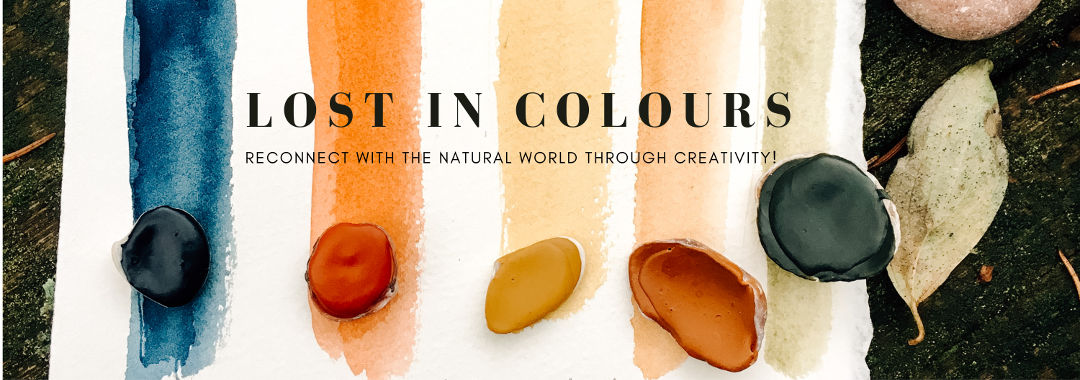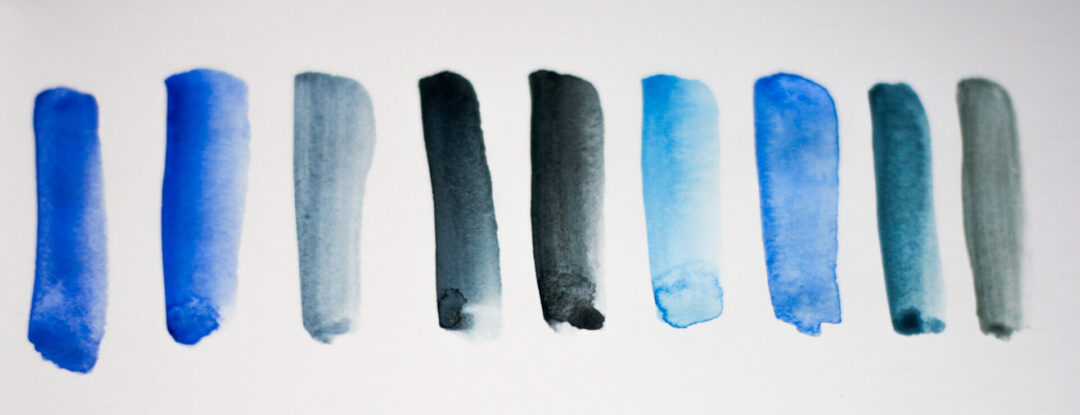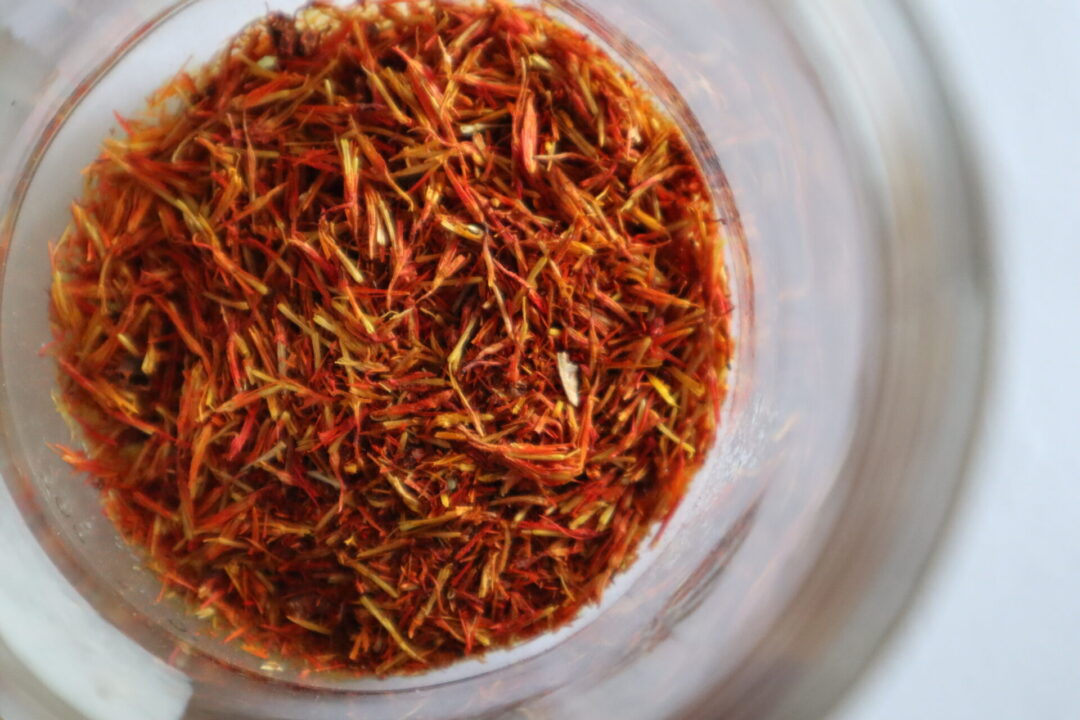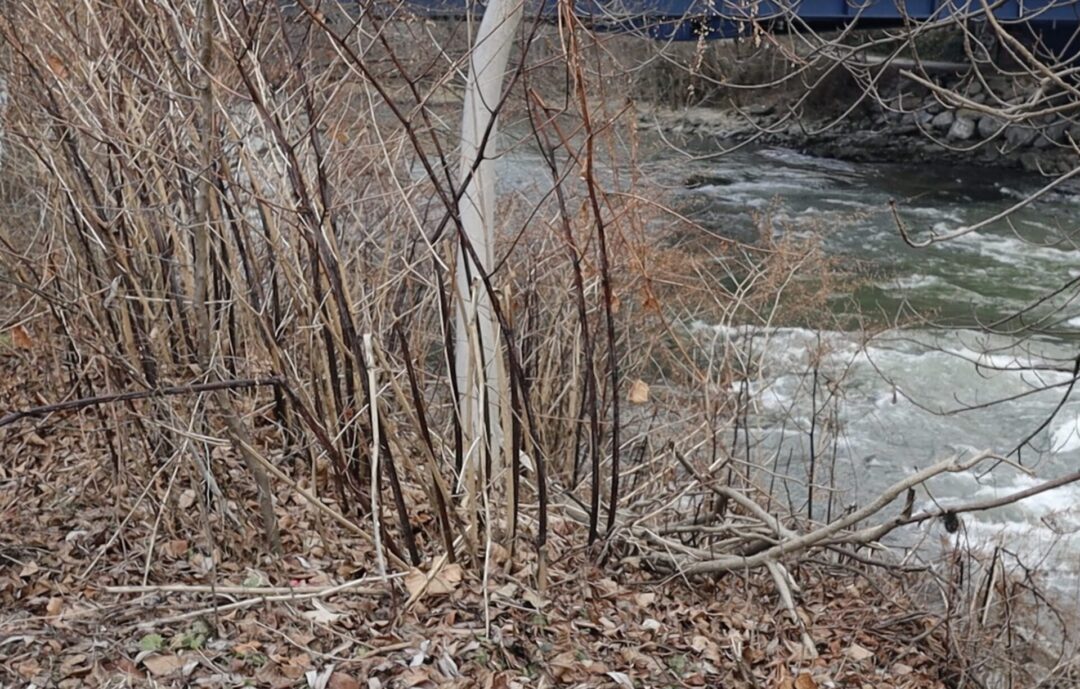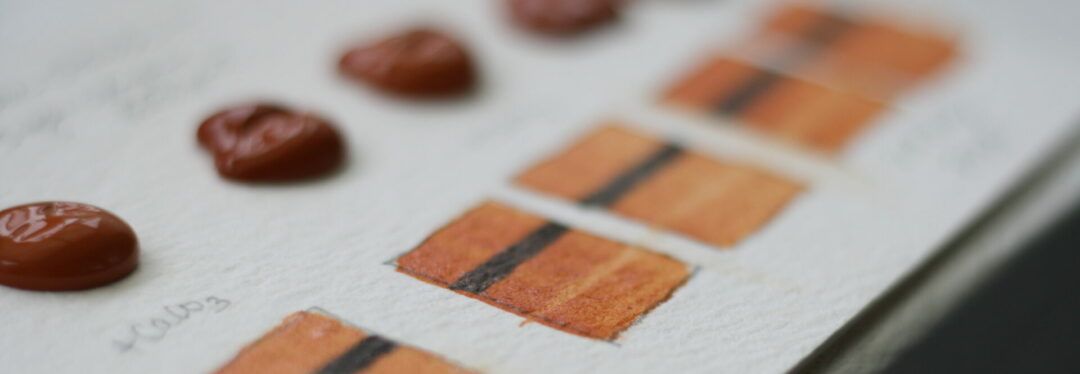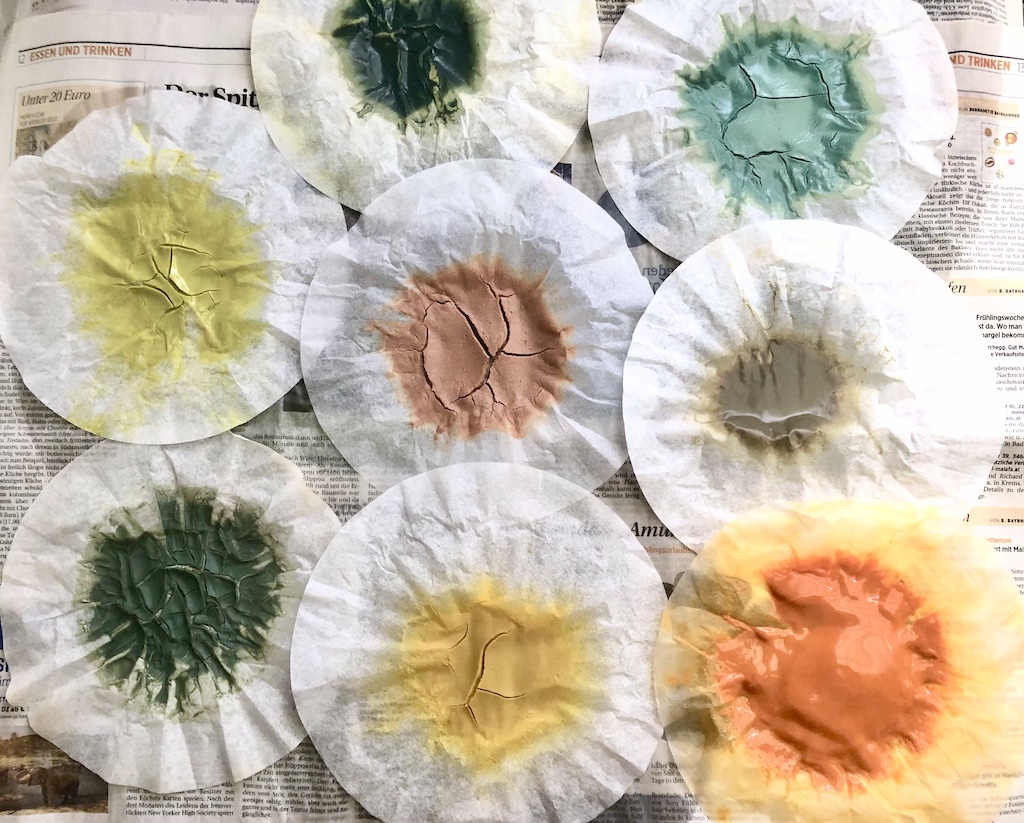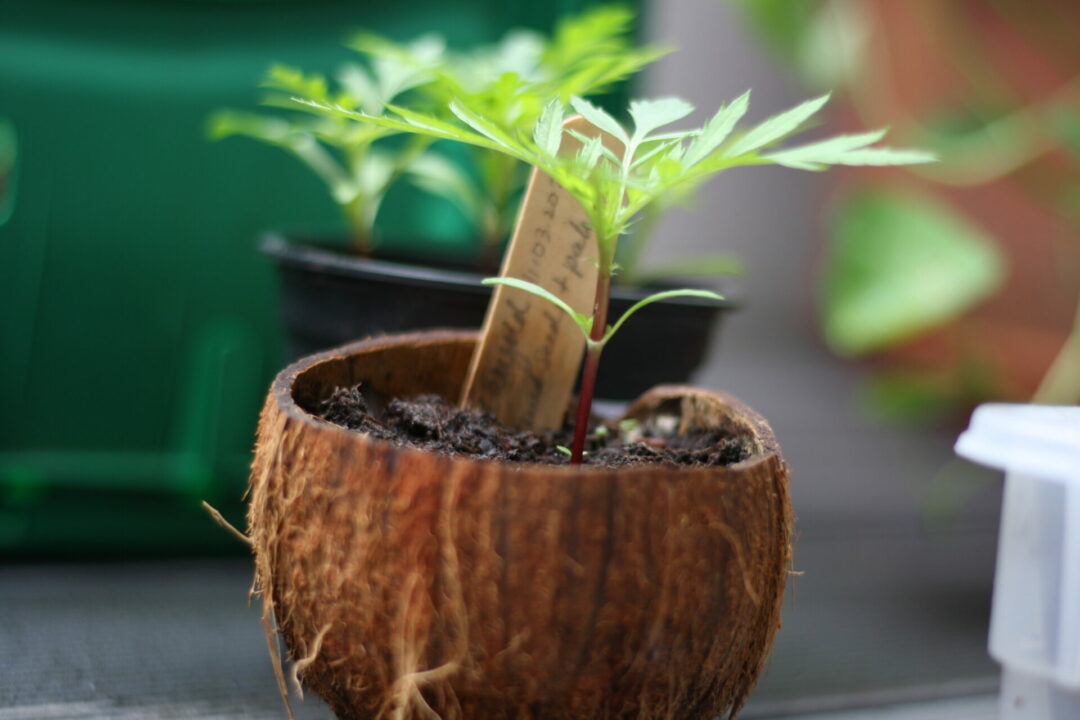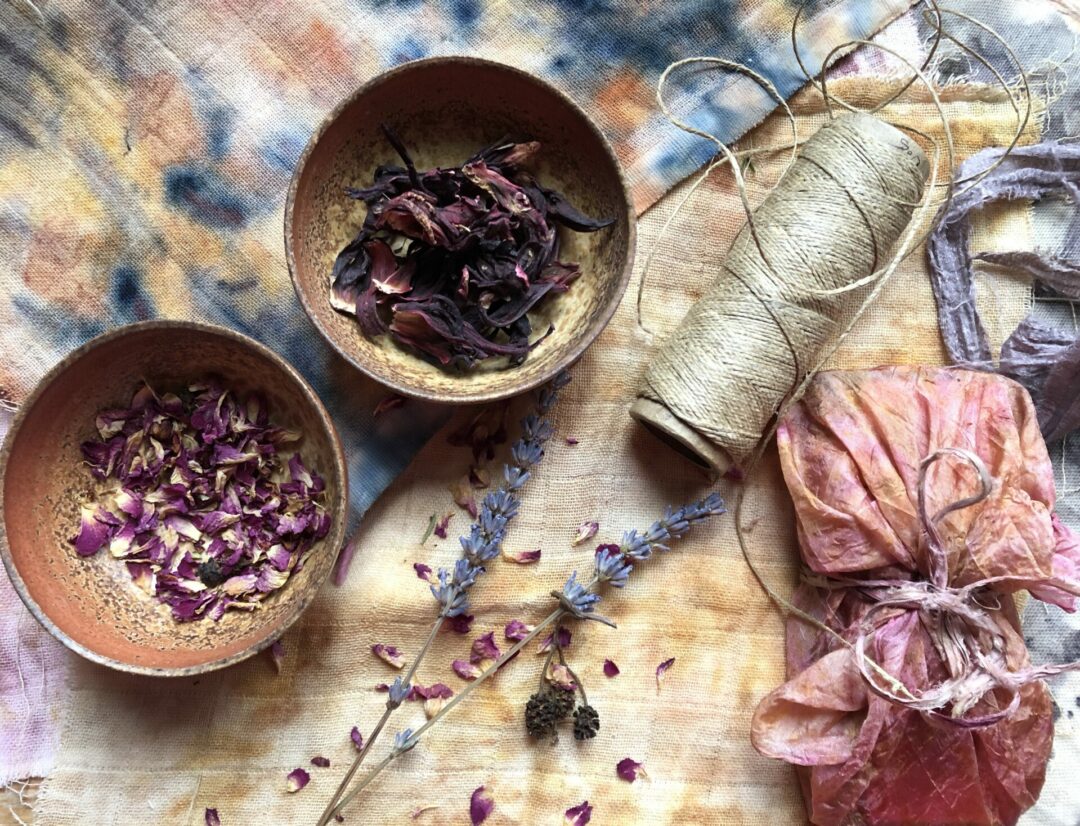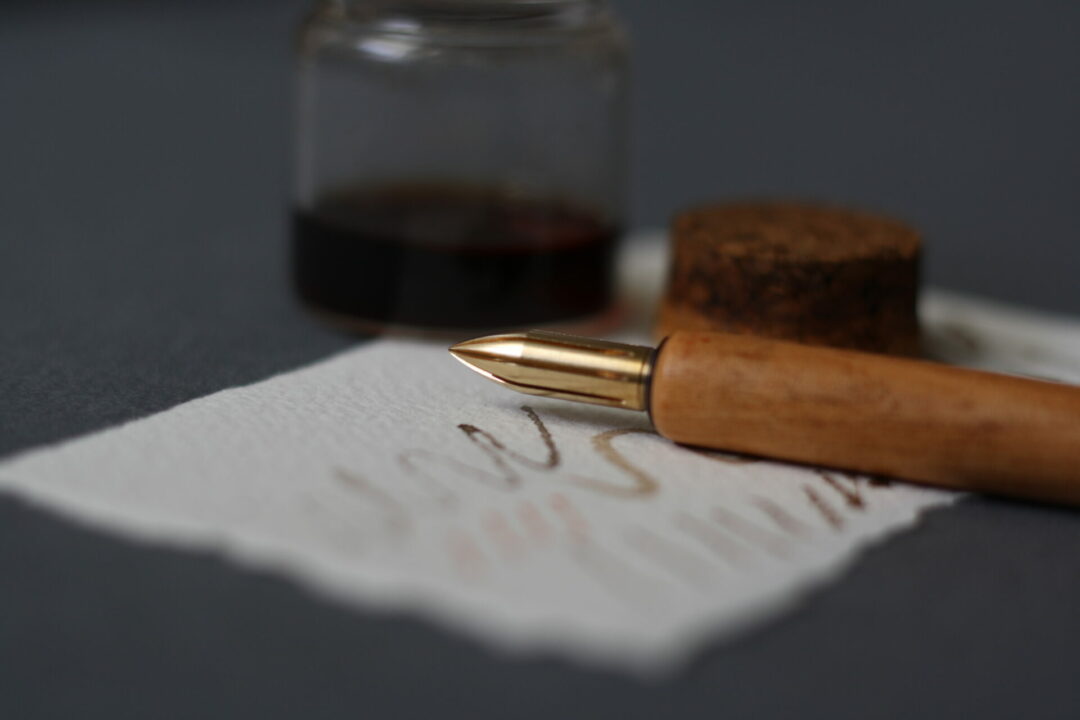In the realm of blue pigments, both natural and synthetic options offer distinct advantages and appeal to artists, manufacturers, and consumers alike. While natural pigments evoke a sense of tradition and craftsmanship, synthetic alternatives provide reliability and versatility. Ultimately, the choice between natural and synthetic blue pigments depends on individual preferences, artistic requirements, and ethical considerations, highlighting the diverse and dynamic nature of the pigment industry. This blog post compares and contrasts the qualities and allure of natural blues with…
Extracting Lake Pigments from Safflower Petals
20th March 2024Safflower is an intriguing botanical specimen for pigment extraction due to its chemical composition and historical significance. From a single plant specimen one can obtain two distinct colors. Over the last two years, I’ve been attempting to cultivate safflower in my natural dye garden, not just to gather the petals for making edible flower salt, but also to extract natural pigments. The first year showed promise as the plants produced gorgeous buds; however, they were scorched by the extreme heat…
Japanese Knotweed: A Potential Natural Dye and Pigment Source
22nd February 2024Not long ago, I ventured out to forage for Japanese Knotweed roots, a perfect endeavour on a chilly day as I sought respite from sports and craved exploration amidst the cold, grey winter landscape. While I had previously experimented with extracting colors from the leaves and stems of Japanese Knotweed during summers, my curiosity was piqued after delving into some research articles. This time, I was eager to dig deeper, quite literally, and uncover the potential for color extraction from…
DIY Watercolor and Gouache Paints with Cornstarch
10th October 2023Explore the art of crafting watercolor paints with readily available kitchen staples. Introduction Watercolor painting is a beautiful and expressive type of art that captures your imagination. However, high-quality artist-grade watercolor paints can be quite costly, making them an aspiration that’s challenging to attain for many, especially in regions where art supplies are scarce or economic conditions are modest. The Spark of Inspiration The inspiration for my cost-effective watercolor paint recipe was sparked by the narrative of one of my…
Thank you for taking the time to peruse my blog. I am delighted to offer you a cordial invitation to join my exclusive and engaging Masterclass Webinar titled “Botanical Dyes, Pigments, Inks, Cultivation, and Foraging.” Delve into the captivating world of botanical colours, unveiling nature’s extraordinary range of hues. Empower yourself to create sustainable botanical pigments, elevating your artistic creations. With engaging slides and insightful discussions, this seminar opens the door to remarkable possibilities in natural pigments. Experience the transformative…
Easy Natural Dye Plants to Grow on Your Balcony
23rd May 2023For years, my balcony has served as a sanctuary for my gardening adventures. I’ve nurtured an array of plants, from blooming flowers to aromatic herbs, vegetables and salads, creating a miniature oasis amidst the urban landscape. But it wasn’t until last year that my gardening journey took an exciting turn. I was granted a small piece of land, a patch of earth to call my own. With this newfound space, I couldn’t resist the urge to experiment with something new…
A Beginner’s Guide to Eco-Printing!
25th January 2023One of the most exciting aspects of eco-printing is its inherent unpredictability. A plant’s color in nature may not always match the hue it imparts on your fabric. This element of surprise, driven by nature’s quirks, is a big part of what makes Eco-printing so enjoyable and unique. In 2019, while on a week-long camping trip along the coast of Algarve in Portugal, I stumbled upon the art of Eco-printing. Although I wrote an article about my experience at the…
Which paper is best for writing with (Natural) inks?
17th January 2023Paper is a versatile medium produced by mechanically or chemically processing cellulose fibers extracted from wood, fabric rags, grasses, or other plant sources in water. The water is then drained through a fine mesh to leave the fiber evenly distributed on the surface, followed by couching, pressing, and drying. There are many different types of papers available today. The range of papers that work well with water- and alcohol-based natural inks is too vast for this article to explore. In…
